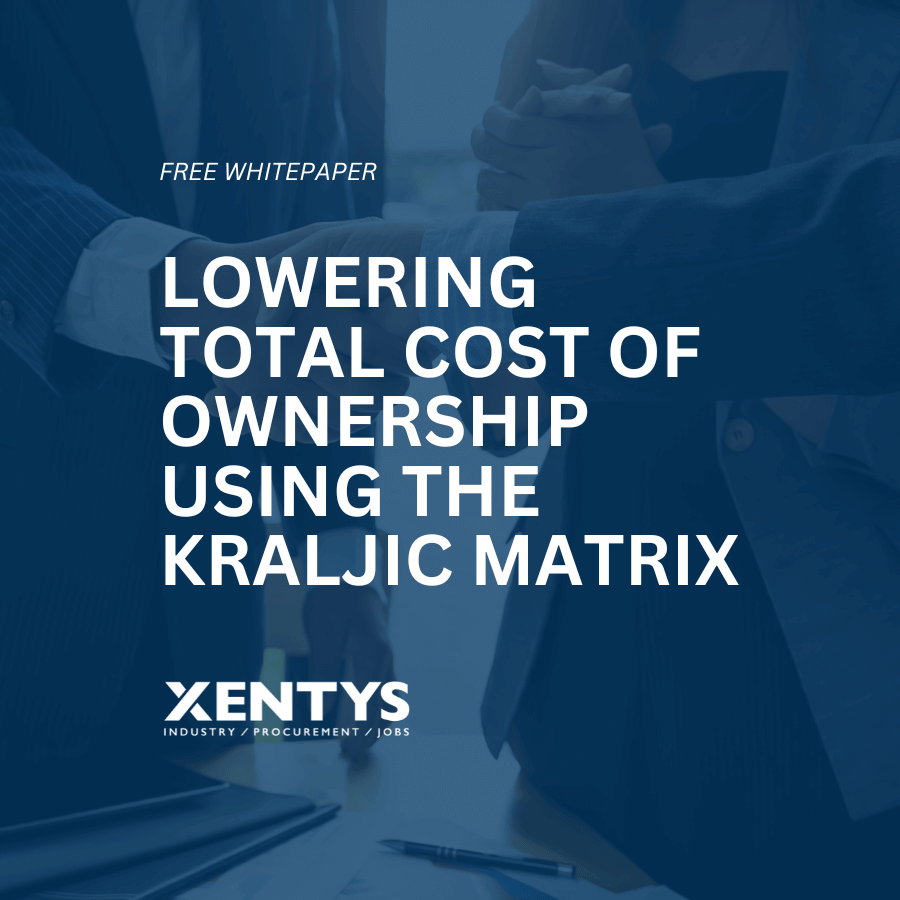What is PMI?
industry manufacturing high tech
PMI, or Purchasing Managers’ Index, is an economic indicator that reflects the health of the manufacturing and service sectors within an economy. This index is compiled monthly by the Institute for Supply Management (ISM) and other similar bodies worldwide. A PMI above 50 indicates economic growth and expansion within the industry, while a value below 50 indicates contraction. This data is crucial for companies and investors to understand overall economic trends and make strategic purchasing and sales decisions.
In-depth Look at the Purchasing Managers' Index (PMI)
The PMI is an essential tool for procurement and supply chain professionals, providing a comprehensive picture of the economic status of the industry. This index is derived from surveys of purchasing managers in various industries and provides insight into new orders, production levels, employment rates, supplier deliveries and inventory levels.
Components of PMI
New Orders
: This component measures order intake at companies, a direct indicator of future production activity.
Production
: Reflects changes in production levels compared to the previous month.
Employment
: Indicates whether companies are hiring or firing staff, indicating their confidence in the market and economic outlook.
Inventory levels
: Shows whether companies are building or declining inventory levels, which can indicate expectations of increasing or decreasing demand.
Supplier time
: The speed at which suppliers deliver products; delays may indicate higher demand or problems in the supply chain.
Economic Indications from PMI
PMI often indicates increased economic activity and an optimistic business climate, while a falling PMI may indicate economic downturn. Policymakers, analysts and investors use this information to make economic policy decisions and to forecast economic growth.
Regional and Sectoral Analysis
In addition to a general PMI, there are specific indexes for different regions and sectors, such as the Dutch Industrial PMI or the PMI for the U.S. manufacturing sector. These specific indices provide more detailed insights into particular geographic or sectoral economic conditions, which helps organizations make informed decisions about their procurement strategies and investments.
This makes the PMI an indispensable indicator for companies seeking to strengthen their position and anticipate changes in global economic conditions.
Extended FAQ about PMI (Purchasing Managers' Index)
What does a PMI above 50 mean?
A PMI score above 50 indicates economic growth and expansion in the industrial sector. This means that production activities increase, which is often accompanied by higher demand for goods and services.
How can PMI influence purchasing decisions?
PMI data help purchasing managers make more informed decisions by providing insight into market trends, supply and demand, and economic forces. This enables them to optimize purchasing strategies based on current market conditions.
Why is PMI important to investors?
Investors use PMI to gauge economic trends and predict potential returns from investments in particular sectors or regions. A rising PMI may indicate a good time to invest in industrial companies.
What happens if the PMI falls below 50?
A PMI below 50 indicates contraction in the manufacturing industry, which may indicate economic slowdown. This can lead to reluctance to make major new investments or expansions.
How does the PMI for services differ from that for manufacturing?
Although both indexes reflect overall economic health, the services PMI focuses on service sectors such as finance, health care and retail, while the industrial PMI focuses on manufacturing and production sectors.
Can PMI predict fluctuations in economic growth?
Yes, PMI can serve as an early indicator of economic growth or contraction. Changes in the PMI can anticipate economic trends and often provide an outlook for future economic activity, allowing companies and investors to plan ahead.
These frequently asked questions provide a thorough understanding of the PMI and its impact on the broader economy and individual business strategies.
Procurement knowledge
Find our free white papers and knowledge on technical procurement. Unlock insights into procurement with xentys. Discover white papers and expertise on technical procurement to enhance your career or business strategies.
Topics
How does an open application work at xentys?
Submitting an open application will keep you informed of our current job openings and allow us to band you when we have a suitable position for you.
How to get started?
1.
First, make sure your resume succinctly reflects all your relevant skills, qualifications and experience.
2.
Then submit the open application to us using the form to the right. You may then receive a call from one of our recruitment specialists.
3.
Above all, remain patient, because finding the appropriate job opening may take some time.
4.
At xentys, we want to inform you about the job opening that suits you.
What an open application at xentys can bring you
Would you like to receive customized procurement job openings or would you prefer to see a general overview of all job openings? At xentys, we provide an individualized approach. We organize an interview with one of our specialists to get a good picture of your abilities, qualifications and preferences before we introduce you to an employer or client.
Strategic procurement vacancies
- Permanent
- Surroundings Beverwijk
- Construction
- Permanent
- Surroundings Beverwijk
- Construction
- 95000 per year


